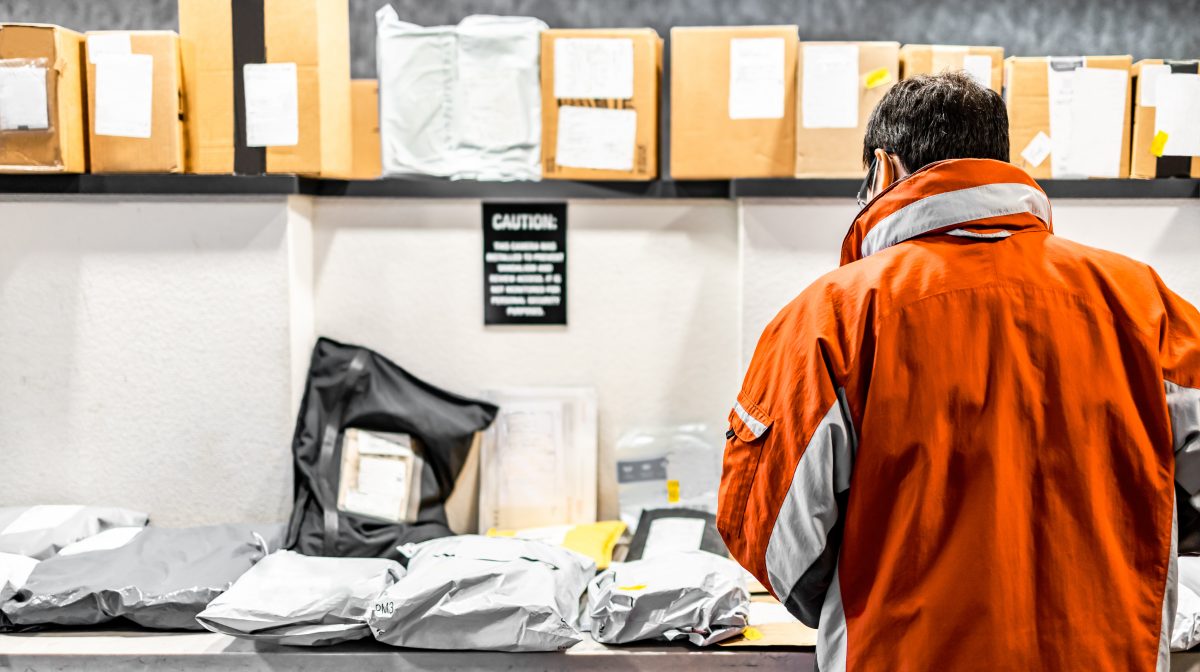Postal injection is a widely used word yet a lot of us are unsure about its true meaning. Let’s read on to know the details.
‘Injection’ is a word we have always heard in the context of healthcare services. So, though it might sound highly surprising, an eCommerce brand or a supply chain company might be familiar with the term ‘postal injection’.It might have evolved from the concept of the Destination Delivery Unitor DDU, the final stop a package takes in the U.S. Postal Service network before its final delivery.
In 2007 the Postal Service of the U.S. and its regulator determined that the agency would allocate at least a minimum of 5.5% of its fixed cost to packages and similar products. Almost a decade later, the revenue coming from packages increased to nearly 25%, though the share of fixed costs could not keep up with the pace.
First-class mail gets a free ride for their packages by subsidizing the national network effectively. An April analysis from Citigroup found that the costs were not allocated fairly, which gave the eCommerce giant Amazon a scope to take advantage of ‘postal injection’. Selected few high-volume shippers could avail the benefit of delivery at cut-rate prices by dropping off their pre-sorted packages at the local Postal Service depot as a part of ‘last mile’ logistics.
ALSO READ: How do Third-Party Logistics Improve Customer Satisfaction
It resulted in Amazon enjoying lower rates than their competitors due to high volumes and warehouses strategically located near the local depots. There is a possibility that almost as high as two-thirds of Amazon’s deliveries might be getting done by the U.S. Postal Service. It might appear like Amazon gets a special and subsidized place in the mail truck.
Another related concept is Direct Injection Shipping. It is a supply chain model in which all the products delivered to one country are grouped for flying to the destination country. Once they reach the destination country and clear the customs, the orders are delivered to the customers through a domestic carrier.
- Consumer goods are shipped in bulk via air cargo
- Based on the point of origin of the consumer goods, the last mile shipping labels are applied to every order
- Instead of the online merchant, the importer of the consumer good is tagged as the customer
Some of the key benefits of this type of shipping are saving time and cost, expanding to new markets, and more sustainable cross-border shipping.
ALSO READ: How the Right 3PL Partner can Help Your Company Grow
Conclusion:
We can see that supply chain and logistics have developed more creative and innovative ways to cater to the increasing rise in delivery demand. Customers nowadays look for the fastest delivery option and are ready to switch brands based on delivery speed. The increase in the volume of international packages has posed a challenge to many eCommerce brands that might be losing out to the competition.
About XPDEL:
Not just another 3PL provider, XPDEL is a growth enabler. We are a leading, hi-tech Fulfillment and Logistics company supporting Direct to Consumer (D2C) and Business to Business (B2B) supply chains. Our widespread network of Fulfillment centers enables us to handle nationwide delivery in the US efficiently. Data analytics is at the heart of our 3PL services, powered by advanced technology and led by industry experts.

